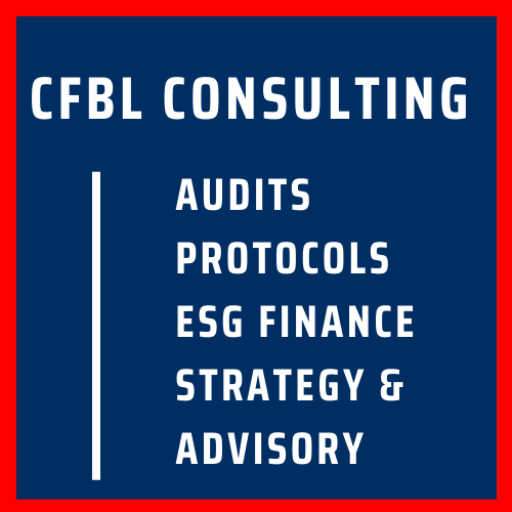NESO’s Roadmap to 95% Clean Power by 2030: Top Insights for a Greener Great Britain
With the target of 95% clean power generation by 2030, Great Britain has an ambitious goal to transform its energy system. On November 5, 2024, the National Energy System Operator (NESO) released detailed recommendations on how to achieve this clean energy vision. Their advice offers two pathways forward, emphasizing the importance of renewables, energy flexibility, storage, and modernized infrastructure to create a resilient and sustainable power system.
Here, we dive into the key takeaways from NESO’s latest report to understand how Great Britain can lead the transition to a clean, low-carbon energy future.
1. Two Pathways to Clean Power
NESO presents two potential paths: Further Flex and Renewables and New Dispatch. The first focuses on renewable expansion and demand-side flexibility, requiring high consumer engagement and rapid deployment of wind and solar without new dispatchable power. The second emphasizes new dispatchable resources like CCS and hydrogen alongside nuclear power. Each path offers different balances of flexibility and dispatchable power, reflecting varied approaches to system reliability and economic resilience.
2. Scaling Up Renewable Deployment at Unprecedented Rates
Achieving clean power requires an unprecedented scale of renewable energy deployment, particularly offshore wind. Offshore wind is expected to provide over half of Great Britain’s power by 2030, with onshore wind and solar adding an additional 30%. This ambitious goal necessitates doubling onshore wind capacity and tripling solar capacity, supported by robust supply chains and efficient planning processes to ensure sustainable growth.
3. Battery Storage Growth to Enhance Flexibility
NESO foresees a surge in battery capacity from 5 GW in 2023 to between 23 and 27 GW by 2030, as batteries become essential for maintaining grid stability. Battery projects are already in high demand, and NESO is pushing for long-duration energy storage (LDES) solutions to complement battery capacity, enabling sustained energy availability and resilience against fluctuations in demand.
4. Nuclear Power: Focusing on Extensions and Future Projects
As most current nuclear plants are set to retire by 2030, NESO’s advice includes extending the life of select plants and developing new capacity where feasible. While Small Modular Reactors (SMRs) might play a future role, the primary nuclear focus through 2030 is on extending operational lifetimes of existing assets to maintain energy security.
5. Planning for Low-Carbon Dispatchable Power Post-2030
NESO highlights the importance of CCS and hydrogen-based power as critical future technologies. By 2030, these innovations could provide up to 2.7 GW of dispatchable power. They are crucial for replacing unabated gas, which will need to remain in reserve for security until a more extensive low-carbon framework is established.
6. Streamlined Connections for Renewables
Efficient connection processes are vital to ensure that renewable projects meet demand. NESO’s recommendations include reforming the connections process to prioritize projects aligned with clean power goals. This strategic alignment will help expedite connections, minimizing delays and ensuring renewable resources are available where needed.
7. Accelerated Transmission Network Expansion
Great Britain’s transmission network will play a pivotal role in clean power delivery, requiring the timely completion of 80 out of 88 planned transmission projects by 2030. NESO identifies key projects that need acceleration, emphasizing the importance of reducing constraint costs and supporting clean energy distribution.
8. Demand Flexibility for Efficient Energy Use
To manage the anticipated 11% increase in electricity demand, NESO advocates for expanded demand flexibility. Smart technologies, such as EV smart charging and industrial demand shifting, will help balance demand with supply, potentially reducing the strain on the grid and enhancing efficiency.
9. Enhanced Operability for a Zero-Carbon Grid
NESO’s 2030 vision includes year-round zero-carbon grid operability, achievable by scaling up digital investments in areas like network services procurement, AI, and advanced control systems. This enhanced system operability will be essential to stabilize the grid amidst increasing reliance on renewables.
10. Shifting from a Net Importer to Exporter of Clean Energy
NESO anticipates a shift in Great Britain’s energy trade balance as clean power projects increase interconnector capacity. By 2030, with 12 GW of interconnector capacity, Great Britain could transition from net importer to exporter, fostering regional energy stability and potentially driving economic growth.
Conclusion: Transforming Great Britain’s Power Landscape
NESO’s advice underscores that achieving clean power by 2030 is within reach, albeit with significant challenges. From an ambitious renewable buildout to flexible demand management, the path to clean power involves rapid innovation, strategic investments, and a steadfast commitment to green energy. As Great Britain embarks on this transformative journey, NESO’s recommendations provide a roadmap to a cleaner, more sustainable power system—setting a precedent for energy systems worldwide.
Sources
https://www.neso.energy/news/our-clean-power-2030-advice-government
https://www.businessgreen.com/news/4376162/neso-sets-uk-deliver-clean-power-2030

